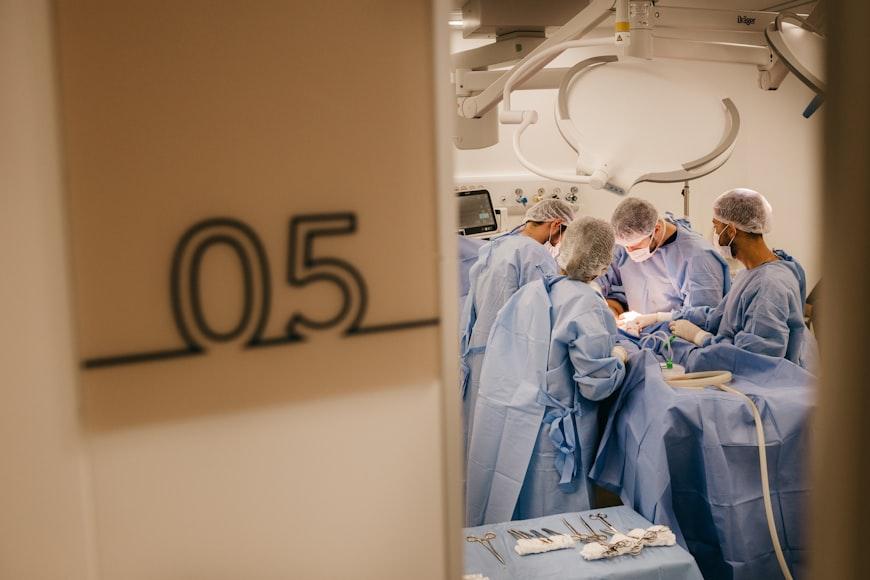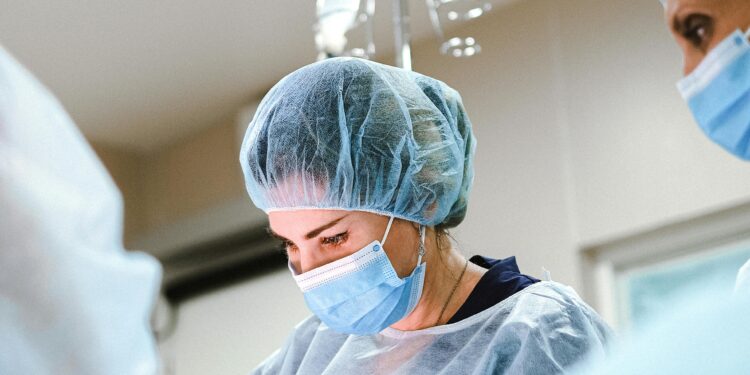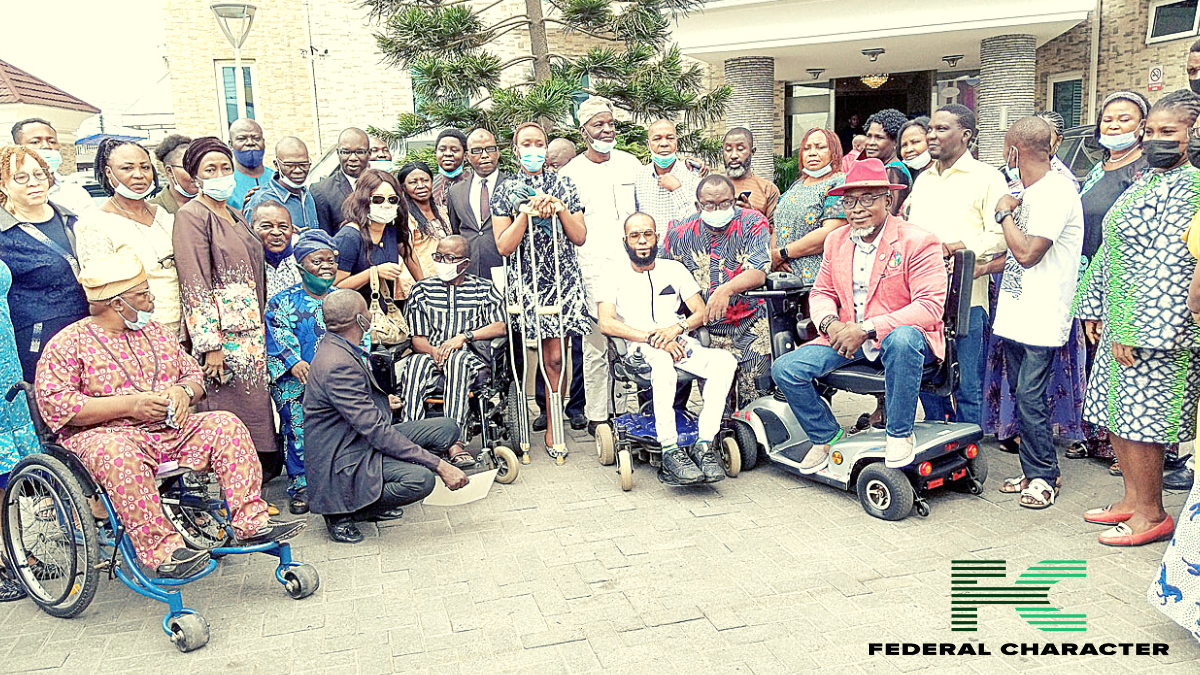Blepharoplasty or eyelid surgery is a treatment procedure that improves how the eyelids look. This surgery can be done on upper or lower eyelids, in some cases both. This process removes or repositions excess skin, muscles, or fat from the eyelids. There are numerous reasons why a person may decide to get blepharoplasty. It could be that they want a face reconstruction, vision improvement, or to fix droopy eyes.
Here’s a breakdown of what we’re going to be looking at in this article.
- Types of of Blepharoplasty
- Preparation for Blepharoplasty
- The Blepharoplasty Procedure

Types of Blepharoplasty
Just like some medical procedures, blepharoplasty has different kinds which focus on different parts of the eyelids.
Upper Blepharoplasty
As the name implies, upper blepharoplasty is all about fixing the upper eyelid region. If your upper eyelid is saggy or droopy, this procedure removes extra skin and fat. The purpose of this procedure is to make you look more awake and can even improve your vision because the droopy skin and fat blocking your sight has been removed.
Lower Blepharoplasty
This type of blepharoplasty focuses on the under eye area. Some people have puffy under eyes and that can happen for different reasons. It could be that they have a medical condition like hypothyroidism, or under eye bags that run in the family, or even as a result of old age. Whatever the case maybe, this surgery smoothens that out by removing or repositioning the fat.
Combined Upper and Lower Blepharoplasty
This procedure is like a total eye makeover. Sometimes, people decide that they want to get both the upper and lower blepharoplasty done at the same time. This way, they can tackle both droopy and puffy eyes in one procedure.
Transconjunctival Lower Blepharoplasty
This is just a fancy way of saying that the surgeon fixes the lower eyelids without leaving visible scars. In transconjunctival lower blepharoplasty, the surgeon makes a small incision inside the lower eyelids to remove or move around the fat. That way, under eye bags are reduced without cutting the skin on the outside.
Preparation for Blepharoplasty
Getting ready for blepharoplasty includes a few steps but very important steps.
Step 1
Firstly, you’ll meet up with a plastic surgeon to discuss what exactly you want from the surgery. The surgeon will check out your eyes and explain what the procedure can do for you. You can go ahead and ask questions that you may be confused about, so you can be on the same page as the surgeon.
Step 2
Next, your surgeon will also want to know if you have any health history. Do you perhaps have any medical conditions, allergies, or even had eye surgery before, are some of the things the surgeon will be asking about. Afterwards, they’ll do a physical examination of your eyes and face to figure out the best plan for your blepharoplasty procedure.
Step 3
Before surgery, you may need to do some tests to make sure that everything is good to go. These could be blood tests or an eye examination to make sure you’re healthy enough for the procedure.
Step 4
Furthermore, in the coming days before your surgery, the surgeon will give you specific instructions to follow. The instructions could be things like quitting certain medications, and quitting smoking if you smoke. On the day of the surgery, you’ll need someone to drive you home and help you out during your recovery phase.
The Blepharoplasty Procedure
Once you’re done with the preparation phase, it’s time to get the surgery underway. During the procedure, you’ll get anesthesia to keep you comfortable throughout your surgery. If you are worried whether or not you’ll be asleep during the procedure, just know that it depends on the type of blepharoplasty procedure that you’ll be getting.
If you’re undergoing a lower or upper blepharoplasty you might just get local anesthesia which numbs the area around your eyes. But if you’re getting a more serious surgery like the combined blepharoplasty or transconjunctival lower blepharoplasty you could be put to sleep with general anesthesia.
Once you’re numb or asleep, the surgeon makes small cuts in your eyelids. For upper blepharoplasty, the cut is usually made in the natural crease of your eyelid so it hides easily. For the lower eyelid, the incision is usually right below your eyelashes or sometimes inside the eyelid, so there’s no visible scars.
After the cuts are made, the surgeon removes or moves around any extra skin, muscles, or fat that’s causing your eyelids to sag or puff up. Once everything’s adjusted, the surgeon closes the incisions with tiny stitches or glue.
When the surgery is over, you’ll be placed in a recovery area until the anesthesia wears off. At first, your eyes might feel sore or tight, and there could be some swelling or bruising. The surgeon will give you instructions on how to take care of your eyes. However, most people can get back to their regular activities in about a week or two, nevertheless, it still takes a few weeks for the swelling to fully disappear.
Bottom Line
Blepharoplasty is a surgery that helps make your eyelids look better. It removes or moves around extra skin, fat, or muscle from your upper or lower eyelids to get rid of sagging or puffiness. The main goal is to give you a fresher look or improve your vision if droopy eyelids are in the way.

















